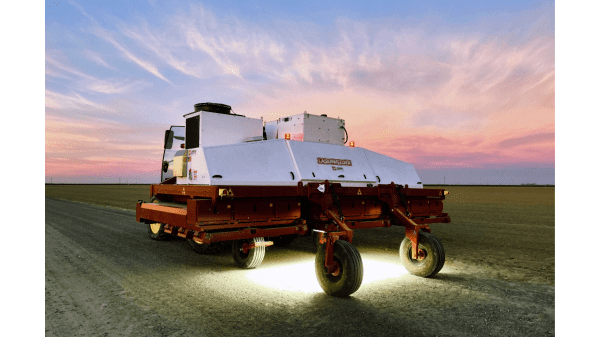In discussing what the future holds for robotics in the produce field, Mark DeSantis is CEO of Pittsburgh, PA-based Bloomfield Robotics, sees changes ranging far and wide, from labor costs to shipping times to safety and quality improvements at point of purchase.
One particular effect, he believes, will be in how inspections are performed.
“Growers use inspection, in part, to deploy labor—they don’t harvest all their crops at the same time. They’ll often go through, harvest what they can, and then harvest the rest, and then they have to determine the effectiveness of that harvest,” he says. “So, once they harvest a crop of grapes, they have to ask, did we get it all? To what extent?
“Now, with robotics, you’re inspecting everything at the grade level,” DeSantis adds. “You know exactly what should be harvested, where, and when. You know how effective the harvest was, so you can go back again and see how effective the labor was, so you can deploy the limited resources you have.
“We’ve had growers tell us that they’ll never not use this technology—as it really changes the nature of how they think about their crops,” he says.
Florian Richter, founder and CEO of Muddy Machines, based in London, England, gives us the last word about a technology that will only become bigger and more important in the future.
“For our customers, growers of specialty field crops, robotics is a major cause for hope that they can overcome the severe decline in worker availability with this technology and begin to thrive again.
“The consumer demand for fresh fruits and vegetables is certainly there, but not the manual labor to produce it,” Richter says. “Robots do not experience fatigue, and they harvest with the same accuracy for the entire shift.”
This is an excerpt from the Applied Technology department in the March/April 2023 issue of Produce Blueprints Magazine. Click here to read the whole issue.



